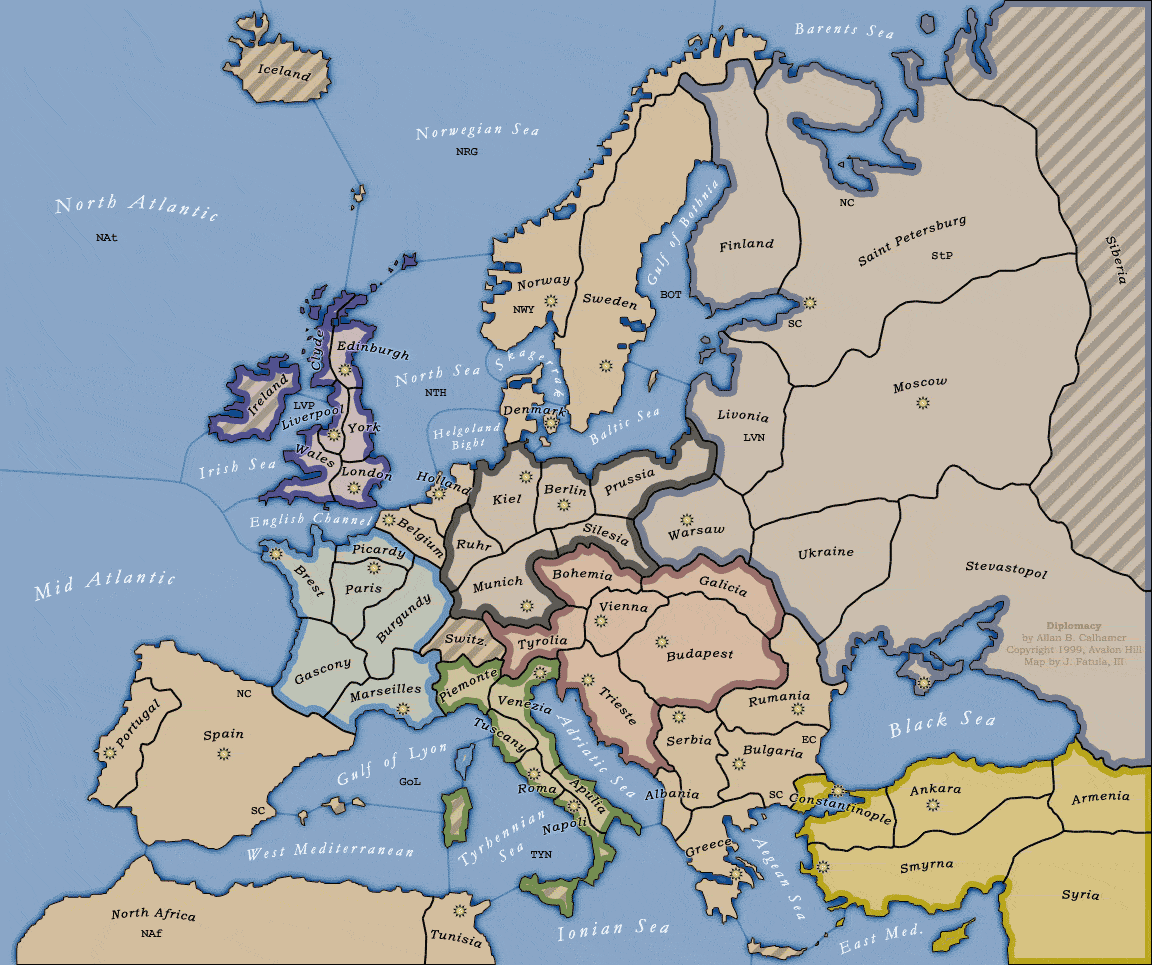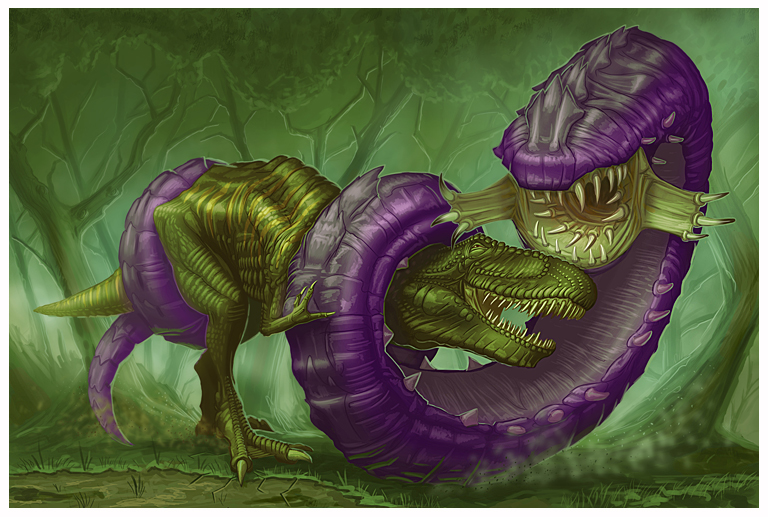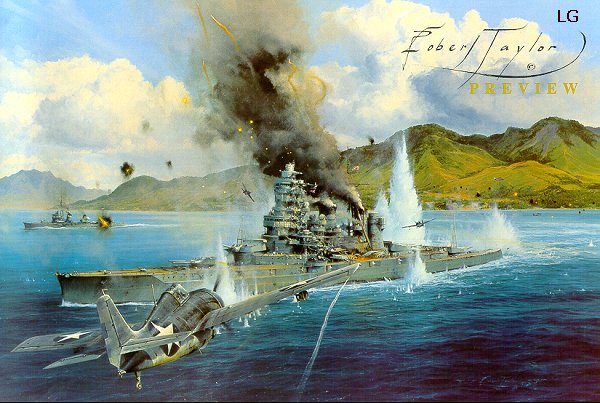A few thoughts about the game:
- Although the biggest changes from 1st to 2nd edition was the norming of the dice distribution (2d10 vs 1d20) and necessary tweaks to keep the game challenging, playing with this many players makes it absolutely essential to use regenerating encounters. That's a rule that should import pretty easily from 2nd edition without needing to use the 2e Adventure Card set.
- The combat system is apparently more confusing to other people that I expected. I needed to explain it a few times before it made sense. It's very counterintuitive that "attacking" and "defending" use the same mechanic and can both cause damage to you after a failed check.
- The movement system is still wonky to me, since it doesn't really reflect any simulationist attitude toward terrain difficulty. Walking along a road, for example, requires "road face" results -- which means that it's almost impossible to be allowed to walk along four consecutive roads instead of taking a mandatory detour through the nearby mountains! Whether this sort of thing bothers you or not is probably a signature of where you reside on the vertical GNS axis.
Some ideas for how to keep off-turn players engaged in a multiplayer adventure board game:
- Group players into teams. I always prefer this approach to a free-for-fall once the number of players goes past three. In some games, even three players makes for too many sides to be stable in game-theoretic terms. (It's easy but rare for a two-player game to create an asymmetric equilibrium, but trivially easy to accomplish in an n-player game.) With good coordination, a team of players can complete certain portions of the game (like movement) simultaneously, speeding up the sequence of play.
- Give players an intervention mechanism that activates during other players' turns. In a free-for-all, this needs to be something that involves hostile interference: playing a "wandering monster" in Munchkin, say, or anything in the Dungeonlord phase of Dungeoneer. But in a team-based game, this could be a form of material support. I prefer the latter mechanism since it has simulationist precedent (Lend-Lease during WW2, for example), which avoids the question of "Why am I suddenly playing the bad guys now?" In some games, it might make thematic sense that the enemies could be influenced by agents of the other team.
- Segregate starting points. Instead of having all six players begin at the same location (which forces them to go one at a time in a race to valuable objectives/resources, etc), the players can then spend the early development portion of the game doing simultaneous movement. This works pretty well in 4x strategy games that involve exploration.







